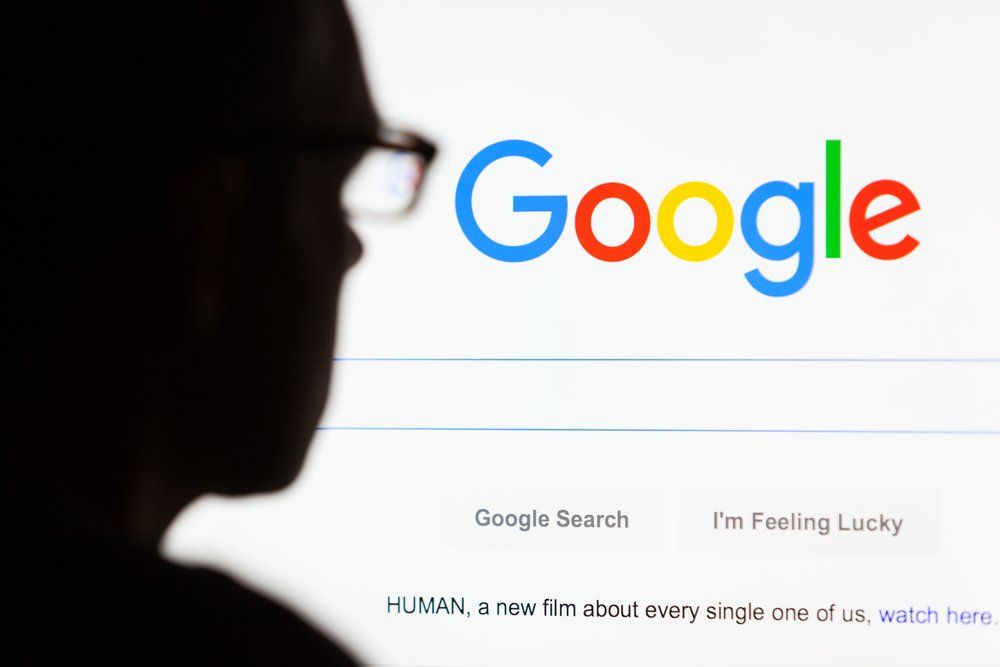You built your website, now how can they find you?
You and your team have worked tirelessly to get your website up and running. You’ve picked the perfect pictures and poured over every single word to communicate the right message for your ideal customer, but the only people visiting are your friends, family, and existing customers.
But why aren’t you getting any traffic from Google’s Search engine?
To ease your concerns, I will let you know that you most likely haven’t done anything wrong. Showing up on search engines takes time.
Here is the basic flow of search engine traffic:
- First, Google crawls your website and recognizes the content of your website.
- Google uses pattern recognition to determine where your website sits in the hierarchy of what it determines relevant to the search query and ranks your site accordingly.
- Next, Google determines the relevant keywords for your website and search query based on Google’s algorithm, your website ranking, and the user’s search intent.
- Then, Google lists and ranks the website with the best-matching keywords.
So, what can you do?
Start by capturing traffic from your local market. Do this by focusing on Google’s algorithm for Local SEO. When someone searches for your business, Google learns which locations are nearest to the person doing the search and shows them a map with the location highlighted. This is called the “nearest location,” and it helps searchers find exactly what they’re looking for faster and more efficiently.
Google uses ranking factors, such as link popularity and authority, to determine which businesses are the most relevant for a given geographic area. If you want your business to appear in these local search results, you’ll need to consider these factors.
Claim and optimize your Google Business Profile.
Your Google Business Profile helps Google recognize your business and know what to do with it in search. If your business profile doesn’t show up in searches, people won’t be able to find you. When someone does find your business profile, you want them to stay engaged.
There are two ways to do this:
1. Optimize your business profile for visibility and relevance. Show your expertise in the field.
2. Create unique, relevant content on your website. You have 2,330 characters to convince people to click on your website in search. Use this space wisely: Why would someone want to visit your website? What value will they get if they do?
Conduct a website audit.
Most companies take careful care in designing their website. But many overlook the technical aspects of the site. Here are a few components you will want to consider:

Website speed -
No one likes to wait. Imagine if you're ordering a product online, and the site is slow; it's not only annoying but also unsafe. The customer will not only abandon the purchase process but also never come back to that site again. Site speed is a major factor in SEO rankings because Page Load Speed is included in Google's ranking algorithm. Slow websites are ranked lower than fast sites in search results.
Responsiveness -
A website design adapted to different devices, such as smartphones, tablets, and desktops. A website that is responsive looks great and functions well no matter what device you’re using to view it. Responsive design delivers a better user experience and makes it easier for your audience to find and consume your content.
Content -
Google measures the content on your website to determine the quality, value, and relevancy of your website. Having quality content on your site assists in search engine rankings. In addition, high-quality content will attract visitors and improve overall website navigation.
Reviews -
Customer reviews are one of the best ways to get an overview of a business from various perspectives. Unlike advertising, customer reviews are usually unbiased - and since customer reviews are usually posted by users who have used a business's services, they can help you get a good idea of what to expect.
In fact, research has shown that people are more likely to trust the reviews of strangers than to trust the company itself. You'll want to have an excellent reputation management system because Google uses reviews in its ranking system.
The bottom line is that building a website is a critical step in your online presence, but it is only a starting point. Getting to the first page of Google requires a great deal of work.
Not sure where to begin,
contact our team for a website audit and we will show what Google sees when they crawl your website.
KELLY BIGGS
About the Author
Kelly is a Marketing Executive and Principal Consultant at WSI. Kelly has over 20 years of sale and marketing experience. She works with client to employ powerful digital marketing strategies and often writes about SEO, website optimization, and social media.
The Best Digital Marketing Insight and Advice
Subscribe Blog
For information on our privacy practices and commitment to protecting your privacy, check out our Privacy Policy and Cookie Policy.
Don't stop the learning now!









